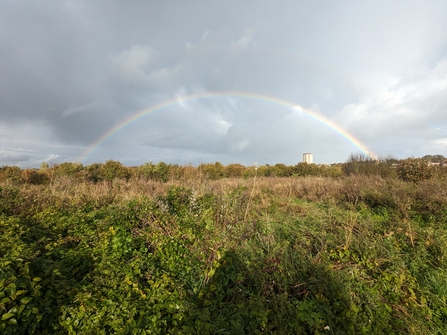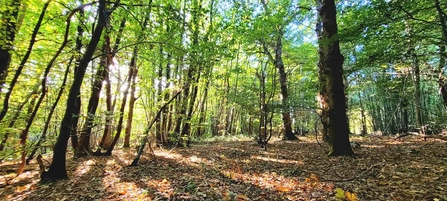Many areas in Kent are designated, or protected, and support a wealth of biodiversity. Perhaps a less well-known category of protected sites are Local Wildlife Sites (LWSs).
What are Local Wildlife Sites?
Firstly, it’s important to understand how LWSs are defined and how they differ from statutory designated sites like SSSIs. LWSs are ‘Areas which are important for the conservation of wildlife in the administrative areas of Kent and Medway, covering land which falls outside of other statutory and non-statutory designations. They may support threatened habitats, such as chalk grassland or ancient woodland, or may be important for the wild plants or animals which are present.’
In Kent, we now have 478 LWS’ (and counting!), and they can range in size anywhere between a 0.12 ha (0.3 acres) churchyard important for its orchids, to large grazing marsh sites of over 1,000 ha (2,500 acres).


